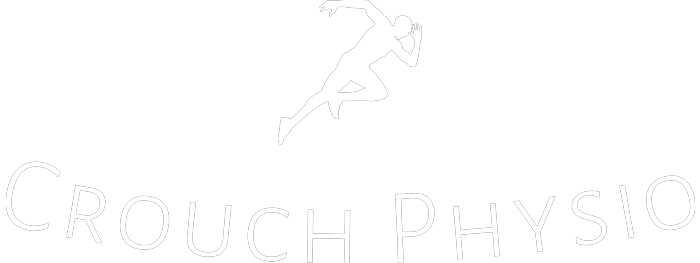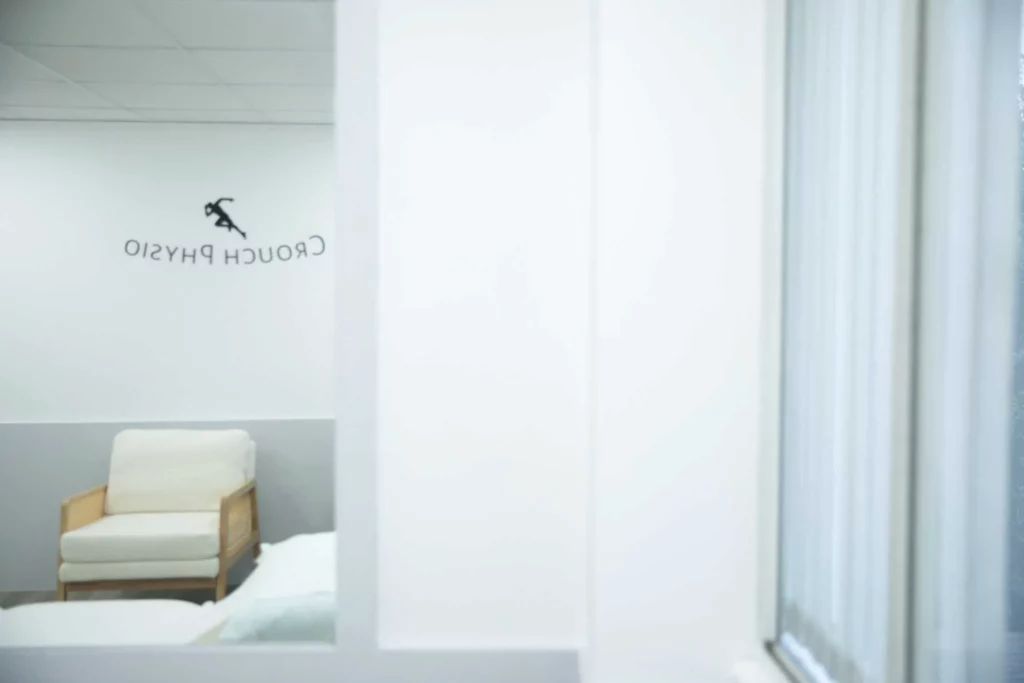Golfer's Elbow
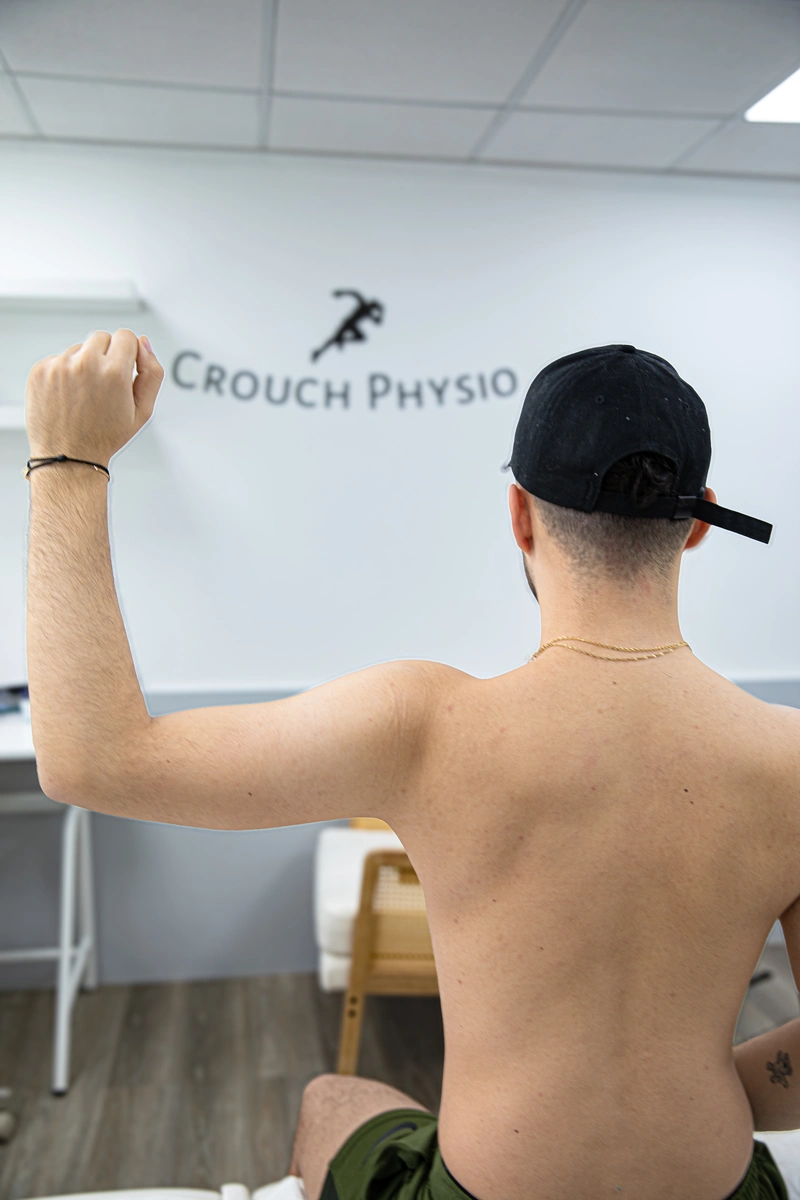
What is Golfer's Elbow?
Golfer’s Elbow, medically known as medial epicondylitis, is a condition that affects the tendons connecting the forearm muscles to the bony bump on the inside of the elbow. Despite its name, Golfer’s Elbow can occur in anyone who repeatedly uses their wrists or clenches their fingers. It is a form of tendonitis, which involves inflammation or irritation of the tendons.
Patient Presentation and Symptoms:
Patients with Golfer’s Elbow typically experience pain and tenderness on the inner side of the elbow, which may radiate down the forearm. The pain is usually aggravated by gripping or flexing the wrist, making activities such as shaking hands, lifting objects, or even turning a doorknob painful. Other symptoms may include stiffness in the elbow, weakness in the hands and wrists, and numbness or tingling that can extend down to the fingers.
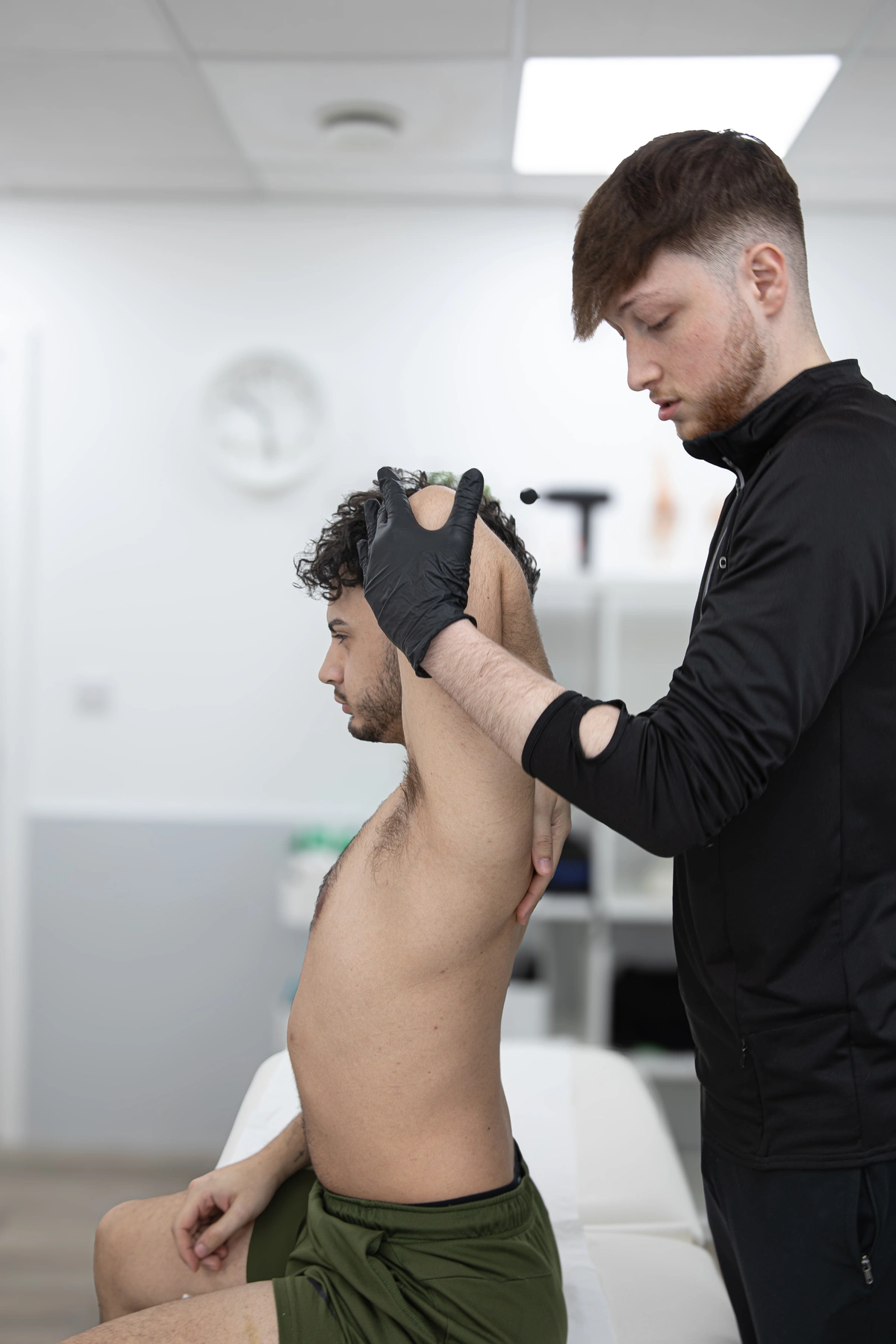
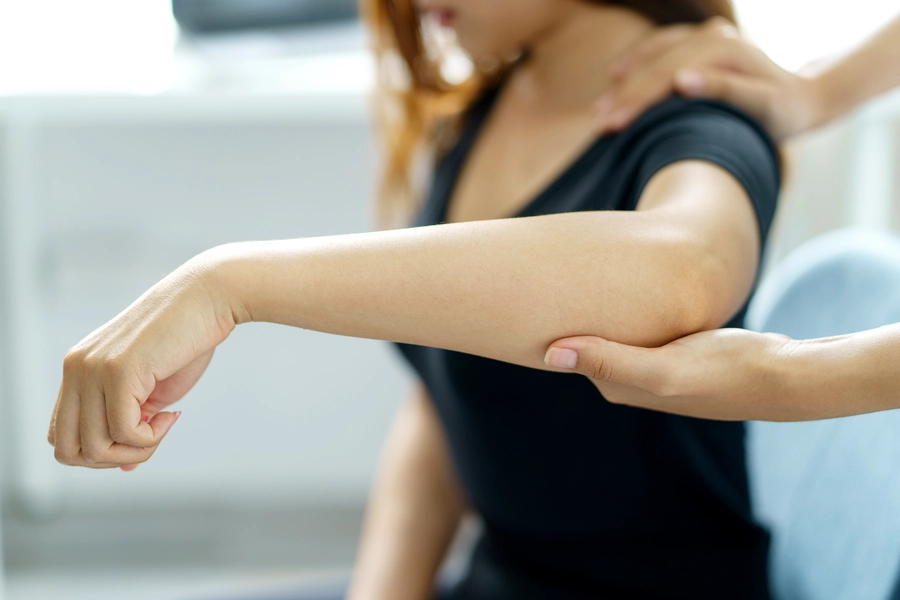
Diagnostic Tests
While the diagnosis of Golfer’s Elbow is often based on the patient’s medical history and physical examination, diagnostic tests such as X-rays or MRI scans may be ordered to rule out other potential causes of elbow pain, such as fractures or arthritis. Ultrasound imaging may also be used to assess the extent of tendon damage and inflammation.
Treatment Methods
Treatment for Golfer’s Elbow typically involves a combination of rest, ice, physiotherapy, and medication. Here are some common treatment methods:
- Rest and Activity Modification: Avoiding activities that aggravate the symptoms and giving the elbow time to rest and heal is crucial. This may involve temporarily avoiding sports or activities that involve repetitive wrist movements.
- Ice Therapy: Applying ice packs to the affected area can help reduce pain and inflammation. Ice should be applied for about 15-20 minutes several times a day, especially after activities that worsen symptoms.
- Physiotherapy: A physiotherapist can design an exercise programme to strengthen the muscles around the elbow, improve flexibility, and promote healing. Techniques such as massage, ultrasound therapy, and dry needling may also be used to alleviate pain and promote tissue repair.
- Medication: Over-the-counter pain relievers such as ibuprofen or naproxen may be recommended to reduce pain and inflammation. In some cases, corticosteroid injections may be administered directly into the affected tendon to provide short-term relief.

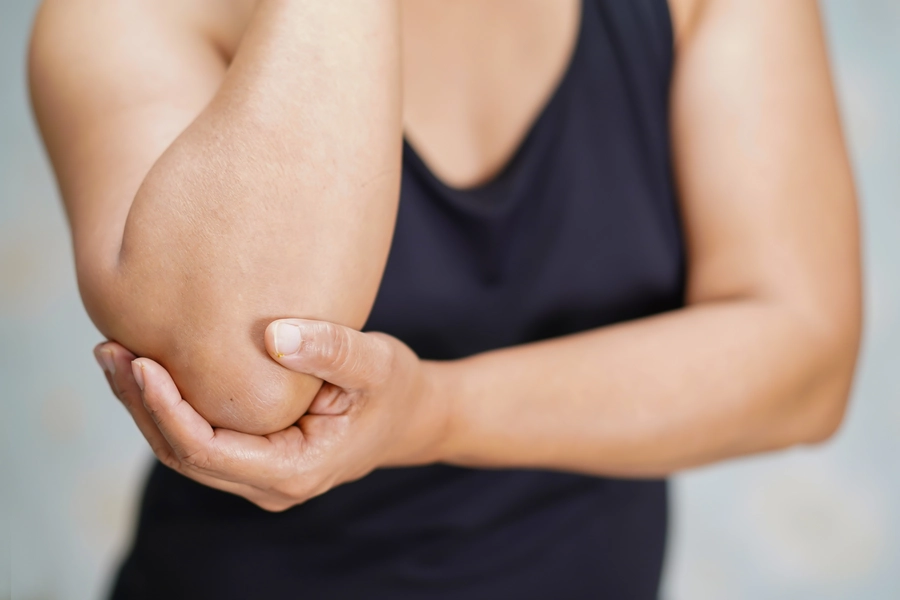
Advice for Patients
As a physiotherapist, here are some key pieces of advice for patients with Golfer’s Elbow:
- Follow the prescribed treatment plan, including exercises and activity modifications, to facilitate healing and prevent further injury
- Gradually ease back into activities once symptoms improve to avoid exacerbating the condition
- Maintain proper ergonomics and technique during activities to reduce strain on the elbow and forearm muscles.
- Use proper equipment and techniques when participating in sports or performing repetitive tasks to prevent recurrence.
- Stay consistent with home exercises and stretches recommended by the physiotherapist to maintain elbow strength and flexibility
- Communicate any concerns or changes in symptoms to your physiotherapist to ensure appropriate adjustments to the treatment plan.
